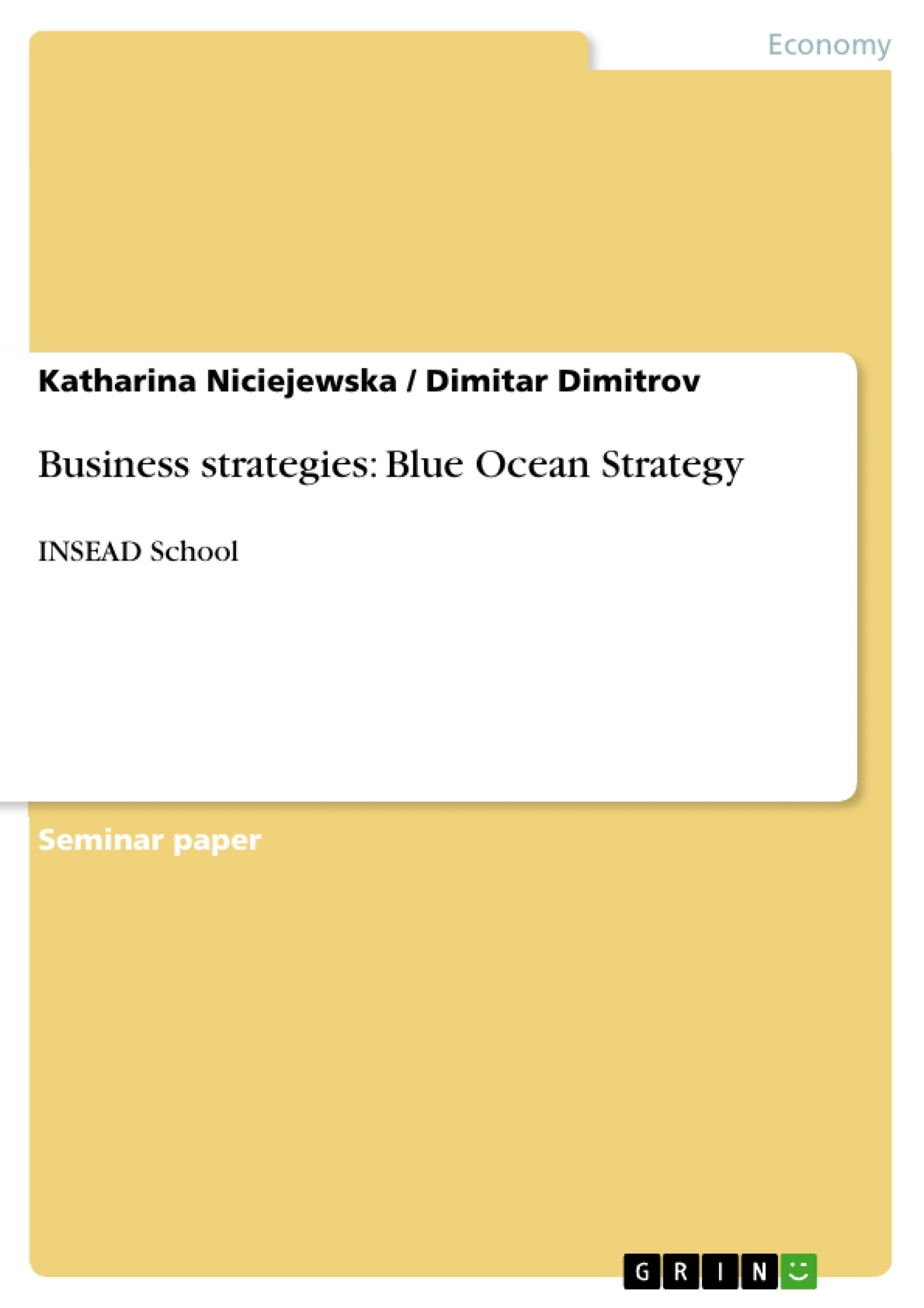In a business context, it is inevitable that one of the main words one would hear is competition. In a way doing business is like participating in a competition for market share, profits etc. Even one of the basic theories of trade, the one of Ricardo, speaks about the competitive advantage and its importance.
But how to become successful in doing business? Does a recipe exist which guarantees that a business could thrive and be successful? On the one hand one could argue that business opportunities arise from the environment, lead by an “invisible hand” and the essentials of doing business are similar to the one centuries ago and that people do not have substantial influence. On the other hand, others would argue that the success of a business is predominantly result of the well-prepared planning and in that way is connected more to the human (merchant’s) abilities rather than to the environment itself.
Surely, the centuries of business history has shown that answering the question what makes a business successful does not have a clear answer. It would be very shallow way of thinking to give a simple answer to this question. Surely, the environment plays an important role for the business but the other way round, doing business is not a random game. In contrast, only thinking strategically without being in the appropriate environment and without any resources, it is quite impossible to set up a successful business.
Furthermore, the business environment is not static but instead very dynamic. As the time passes by, businesses change and what was true about business success centuries or even a decades ago, is not true any more. At the same time, it does not mean that business now and in the past has nothing in common. On the contrary, nowadays the business and management science is so complex and possesses sophisticated methodology and tools which help to prove that the strategical way of thinking in the context of doing business is an essential part of the success of a company. And even the understanding of business strategy is different because it could range from simple planning to the application of very complex scientific business models. However, as the business environment changes, so do the business strategies as well. That’s why some of the often considered for true strategies, seem to be out-of-date with the business reality. For that reason, if a strategy does not work, one has to check it again.
Inhaltsverzeichnis (Table of Contents)
- 1. Introduction (DD)
- 2. Necessity of strategic management (DD)
- 3. Blue Ocean Strategy
- 3.1. Examples for Blue Ocean Strategy (KN)
- 3.2. Analytical Blue Ocean Tools (KN)
- 3.2.1. First Tool: The Strategy Canvas (KN)
- 3.2.2. Second Tool: The Four Actions Framework (KN)
- 3.2.3. Third Tool: The Eliminate-Reduce-Raise-Create Grid (KN)
- 3.2.4. Three Qualities (KN)
- 3.3. The six principles of formulating Blue Ocean Strategy
- 3.3.1. First Principle: Reconstructing market boundaries (KN)
- 3.3.2. Second Principle: Focus on the big picture (KN)
- 3.3.3. Third Principle: How to create demand (DD)
- 3.3.4. Fourth Principle: Business Model (DD)
- 3.3.5. Fifth Principle: Overcoming key organizational hurdles (DD)
- 3.3.6. Sixth Principle: Build Execution into Strategy (KN)
- 4. Evaluation and future trends
- 4.1. The Helo Effect - a critical opinion from McKinsey (KN)
- 4.2. Blue Ocean and the future of management (KN)
- 4.3. Innovation management and blue ocean strategy (DD)
- 4.4. Geographical Differences (DD)
- 4.5. Critique of the Blue Ocean Strategy (DD)
- 5. Conclusion (DD/KN)
Zielsetzung und Themenschwerpunkte (Objectives and Key Themes)
This term paper aims to explain the fundamental concept of blue ocean strategy, presenting the tools used to create an uncontested market and illustrating it with real-world business examples. Within the constraints of available resources, a critical evaluation of blue ocean strategy and its relevance to contemporary business will be conducted.- Shifting focus from competition within existing industries to creating new industries with uncontested market space.
- Analyzing the tools and principles used in formulating blue ocean strategy.
- Evaluating the strengths and limitations of blue ocean strategy in practice.
- Exploring the relevance of blue ocean strategy to innovation management and future trends in business.
- Examining the concept of blue ocean strategy in the context of strategic management.
Zusammenfassung der Kapitel (Chapter Summaries)
- Chapter 1: Introduction (DD) This introductory chapter sets the context for the paper by discussing the inevitability of competition in business and the quest for successful strategies. It highlights the evolving nature of the business environment and the need for dynamic and adaptable approaches to strategic management.
- Chapter 2: Necessity of strategic management (DD) Chapter 2 lays the foundation for understanding blue ocean strategy by defining key terms and concepts related to strategic management. It emphasizes the crucial role of strategic planning and its impact on a company's success.
- Chapter 3: Blue Ocean Strategy This chapter dives deep into the concept of blue ocean strategy, explaining its core principles and outlining the tools used to identify and create uncontested market space. Examples from real-world businesses are provided to illustrate the practical application of these tools.
- Chapter 4: Evaluation and future trends This chapter evaluates the strengths and limitations of blue ocean strategy, considering its potential impact on future trends in business. It examines critical opinions, geographical differences, and the role of innovation management in the context of blue ocean strategy.
Schlüsselwörter (Keywords)
This paper explores the concept of blue ocean strategy, focusing on key concepts such as creating uncontested market space, strategic management, innovation management, and competitive advantage.- Citation du texte
- Katharina Niciejewska (Auteur), Dimitar Dimitrov (Auteur), 2008, Business strategies: Blue Ocean Strategy, Munich, GRIN Verlag, https://www.grin.com/document/115235



